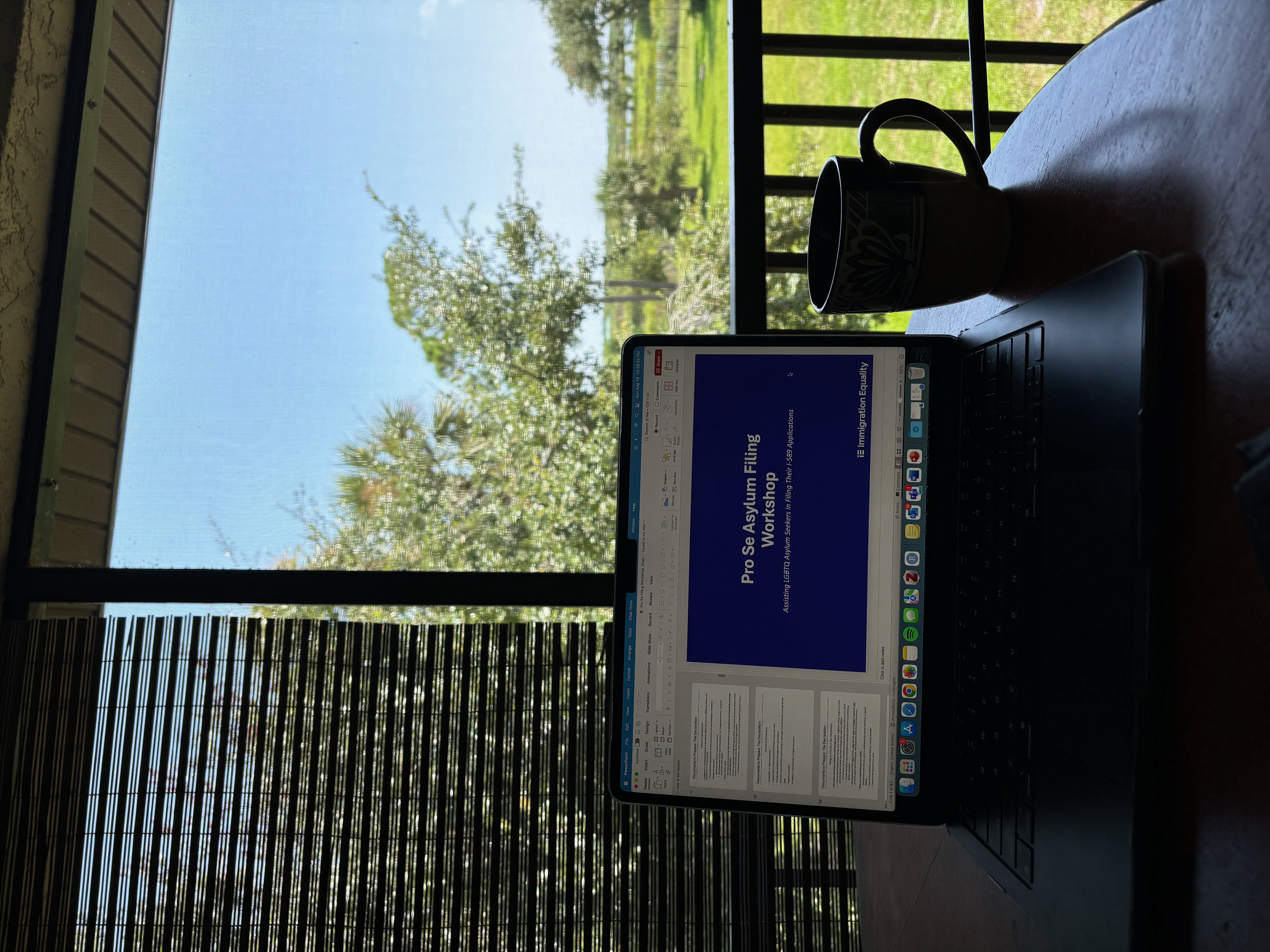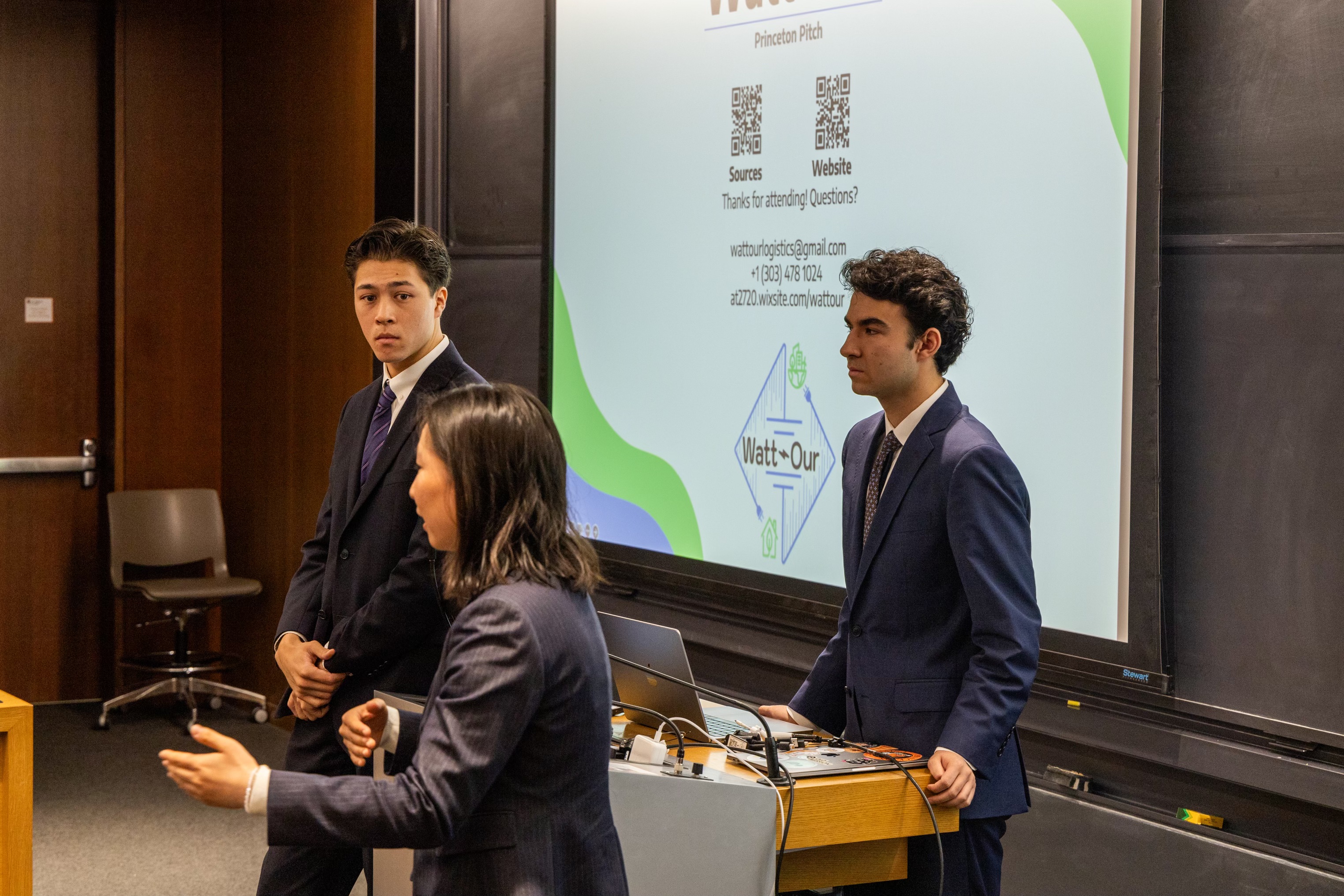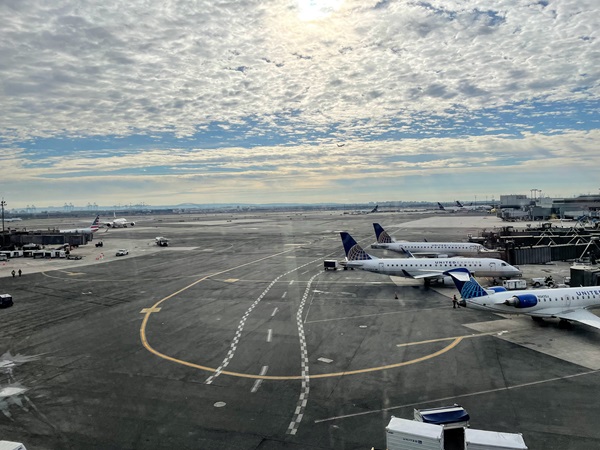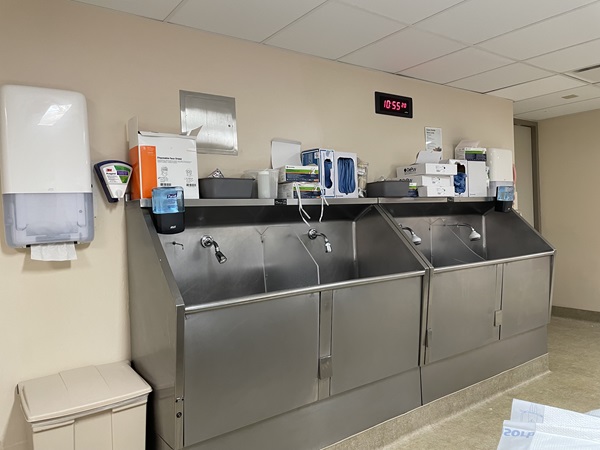This past summer, I had the incredible opportunity to intern at an aerospace startup in Singapore, through the Streicker Fellowship, which supports students in pursuing self-sourced internships abroad. It was a summer packed with innovation, learning, and unexpected discoveries that went far beyond just professional development.
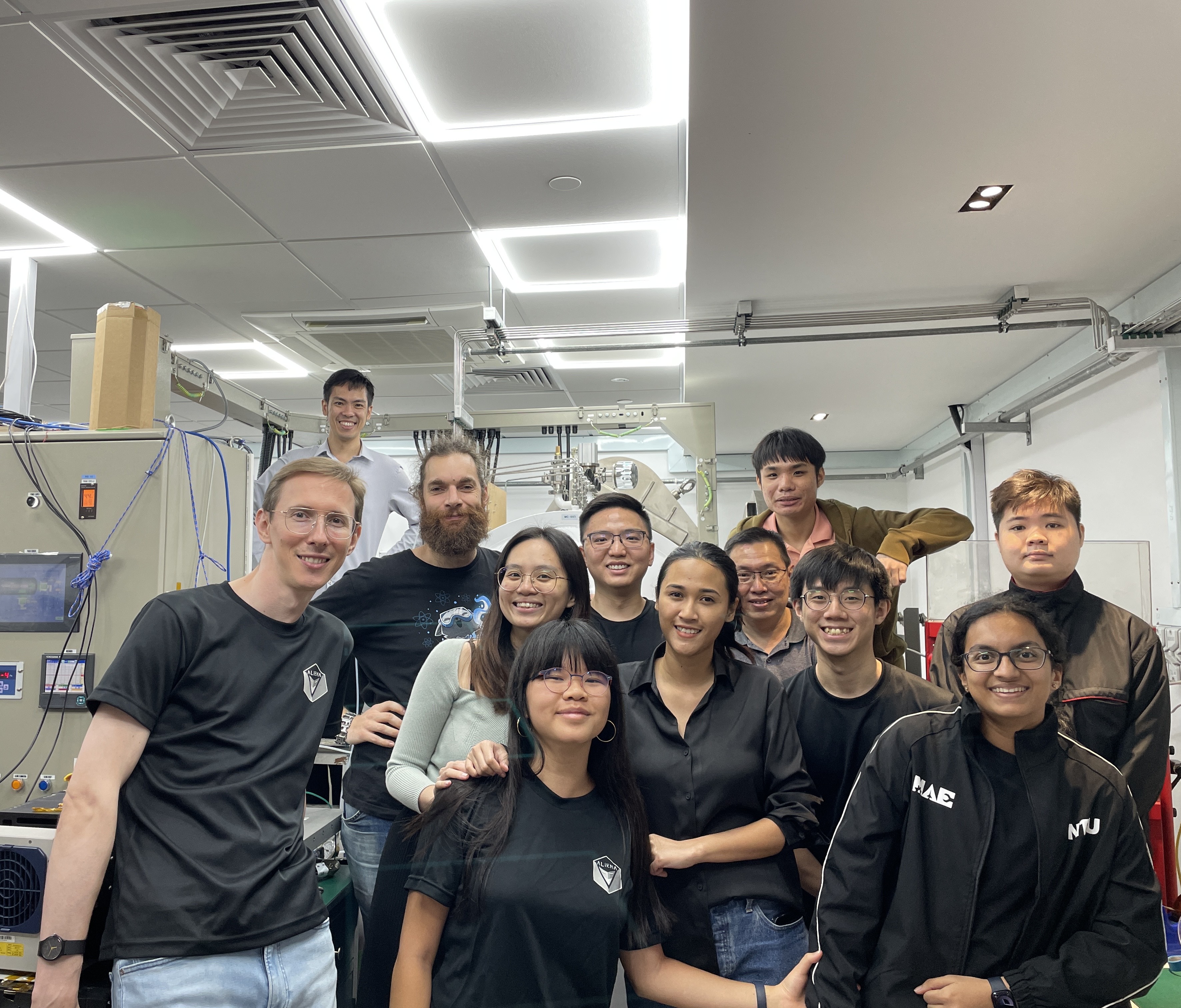
During my internship, I dove headfirst into some pretty exciting projects. My main task was testing and optimizing a carbon nanotube neutralizer grid to reduce the power and propellant demands of hall effect thrusters. It was amazing to contribute to something with real-world applications for space technology!
During the internship, I picked up a range of technical skills that I hadn’t fully mastered before. I learned how to operate vacuum chambers, wire electric circuits, and, perhaps the most thrilling part, actually fire a thruster. There’s nothing quite like the feeling of seeing your work come to life and perform exactly how you hoped it would. I’m not going to lie—there were a few misfires along the way, but each challenge was a valuable lesson.
Beyond the technical side, the best part was reconnecting with old passions and meeting some fantastic people. From the very beginning, my coworkers and supervisors made me feel incredibly welcome. They were always ready to lend a hand or offer mentorship, guiding me through every part of my project and sharing invaluable advice. They went the extra mile to recommend must-visit spots around Singapore and even brought me local dishes to try during our lunch breaks. I also formed great friendships with the other interns, who were just as enthusiastic about exploring Singapore with me. Singapore itself became a huge source of inspiration. I joined a local sketching group that met weekly, and it quickly became one of my favorite parts of the experience. There’s no better way to take in a city than sitting down with a pencil and notebook, trying to capture its energy on paper.
Singapore is a fascinating blend of modern skyscrapers, lush green spaces, and colorful, traditional Peranakan houses. Sketching the contrast between futuristic buildings and historical architecture was an unforgettable way to experience the city’s diverse identity. Every session made me appreciate Singapore’s unique combination of the old and the new, nature and innovation.
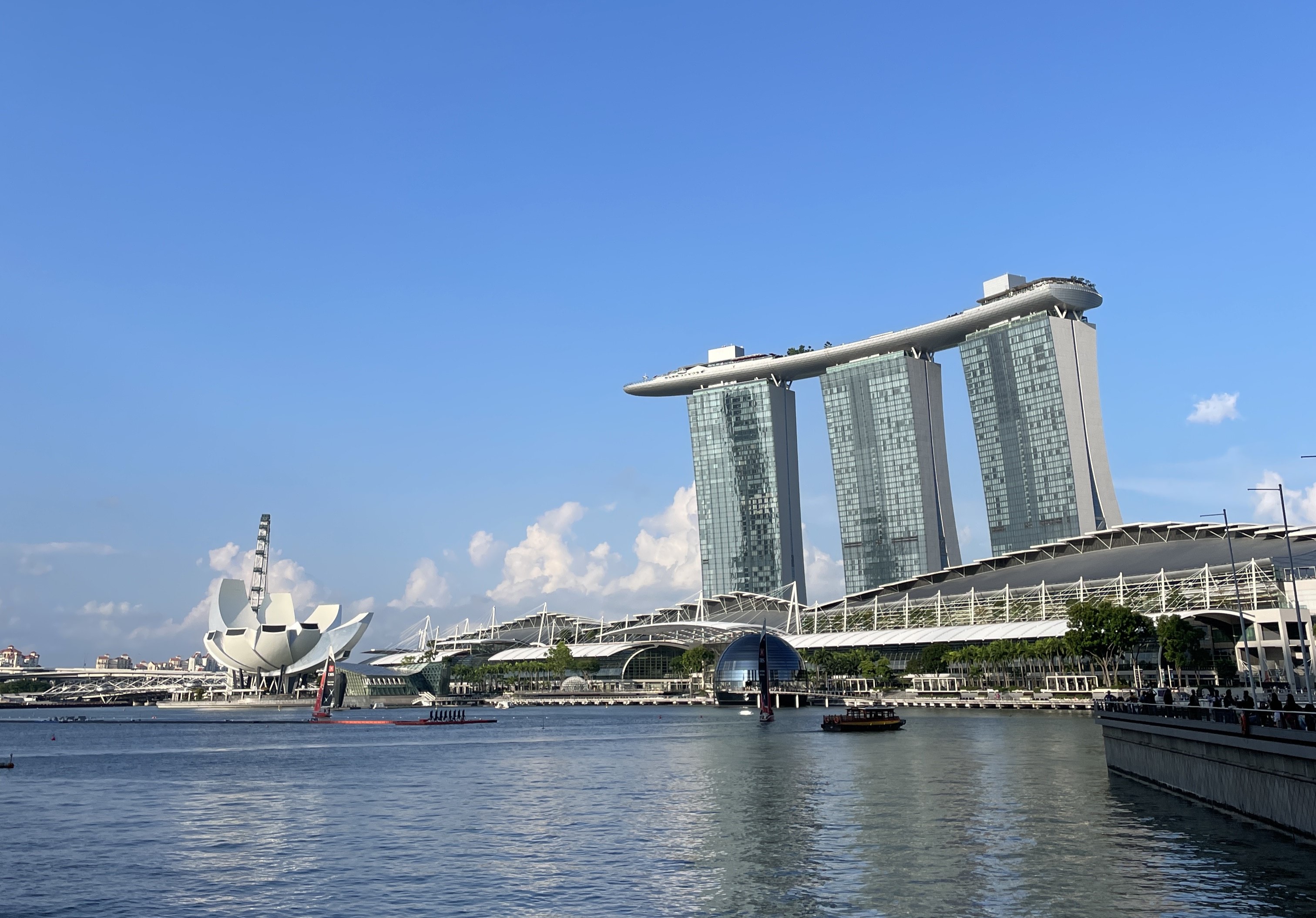
In the end, this summer wasn’t just about enhancing my technical skills in aerospace—it was about reconnecting with my passion for sketching and connecting with a vibrant new culture: science by day, sketches by night, and a whole lot of growth in between. Learning to fire a thruster or wire circuits was thrilling, but the true lessons came in navigating a new cultural environment, taking risks in both my work and personal life, and stepping outside my comfort zones. Each day demanded a new level of adaptability—whether it was addressing the technical misfires that came with operating vacuum chambers or collaborating across language barriers. These situations taught me to problem-solve quickly, think creatively under pressure, and stay focused despite setbacks. I also found new challenges in capturing Singapore's cityscapes in my sketchbook, each structure pushing me to see and render the world differently.
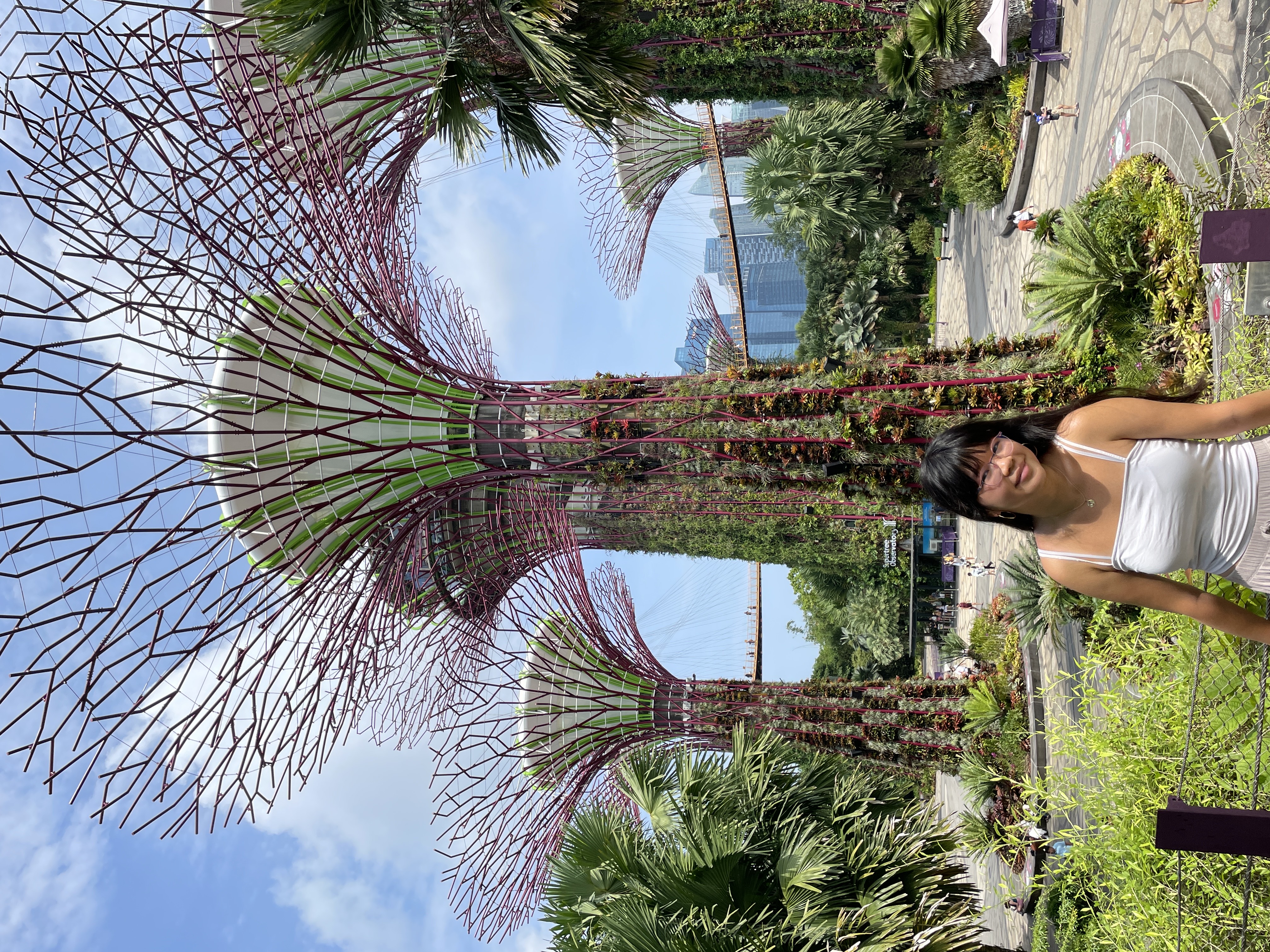
Returning to Princeton, I find myself carrying these lessons with me. Navigating complex group projects or tackling demanding coursework feels different now, as I approach each new challenge with the adaptability and resilience I acquired this summer. I've come back not just with new technical skills, but with a greater confidence in taking on roles that require both independent problem-solving and collaborative effort. The blend of passions and challenges I experienced this summer reminds me to keep stretching beyond my comfort zones—a mindset I’m bringing to everything I do here.







